Two identical hemispherical electrodes of radius r 0are connected in parallel into a uniform soil of resistivity ρ , and each leaks the current i/2 . The electrodes are buried at a distance d .
The hemispheres attain the same ground-potential rise, which can be calculated by superimposing the potentials of each electrode, supposed isolated from the other ( Eq. 1.13).
 (1.13)
(1.13)
Thus, the total ground resistance is given by Eq. 1.14.
 (1.14)
(1.14)
If d > 5ro , the second factor in Eq. 1.14is ≈1, and R Gis mathematically expressed by the formula of the parallel of the ground resistances of each electrode.
If the electrodes are closer than d > 5ro , they are not independent from each other, and their total resistance is greater than their mere parallel (Figure 1.11).
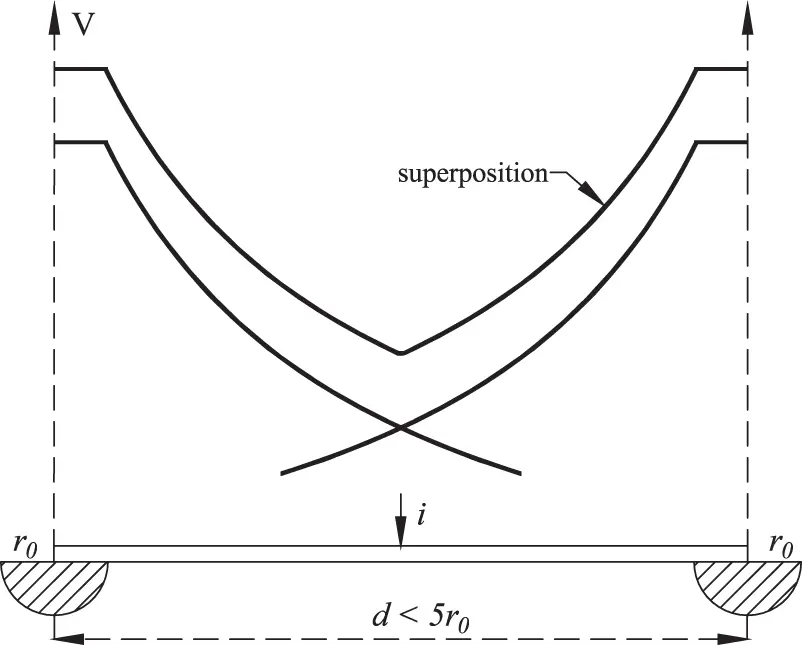
Figure 1.11 Ground-electrodes in parallel.
1.8 Hemispherical Electrodes in Series
Let us consider two identical hemispheres embedded into the soil at the distance 5ro center-to-center, so that they can be considered independent from each other. The first electrode leaks the current i , whereas, the second electrode receives the same current ( Figure 1.12).
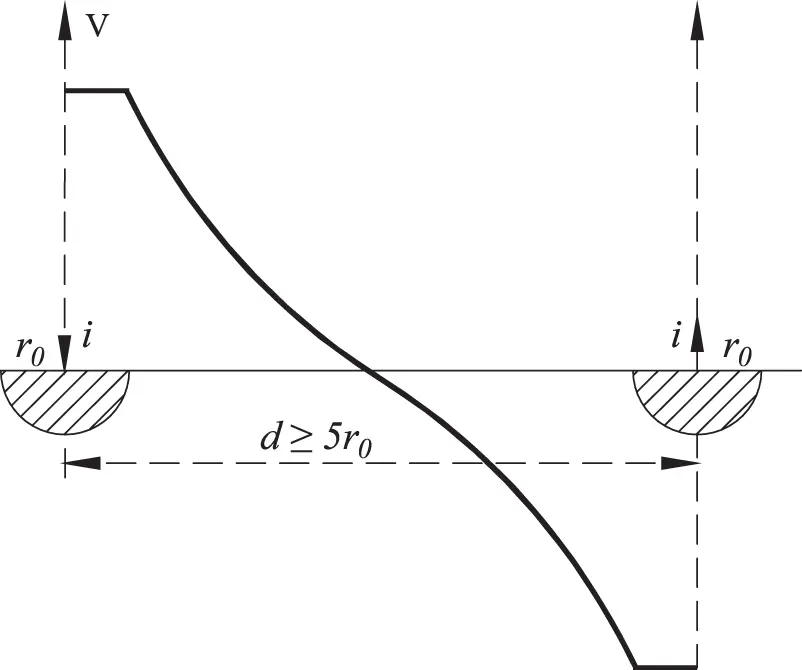
Figure 1.12 Hemispherical electrodes connected in series.
The resulting surface potential V(r) at a generic point r along a line joining the two hemispheres is given by the superposition of the potentials imposed by each electrode ( Eq. 1.15).
 (1.15)
(1.15)
If r = d/2 , which is the center point between the two hemispheres, the value of the surface potential is V(d/2) = 0.
The point of the soil at which the ground potential is zero is the location that must be identified for the correct measurement of the ground resistance RB of an electrode, as further elaborated.
1.9 Person’s Body Resistance-to-ground and Touch Voltages
In the case of the pathway hands-to-feet, the current will flow into the soil through the feet, and its amount will depend on the series between the body resistance RB and the person’s resistance-to-ground RB . The person’s resistance-to-ground limits the circulation of the body current, therefore is beneficial for the electrical safety of individuals.
For an approximate calculation of RBG , the adult human foot can be modeled as a circular plate of radius rf = 0.08 m, laying on a surface of resistivity ρ . The expression in ohms of the ground resistance Rf of such electrode is given in Eq. 1.16.
 (1.16)
(1.16)
If we assume that the two feet act as ground electrode in parallel, and that the plates do not interfere with each other, the body resistance-to-ground RBG equals 1.5 ρ .
In general, it may be conservatively assumed that the person does not wear shoes or gloves, and that there is no floor to limit the body current. However, standard EN 50522 7allows, for calculation purposes, additional known resistances in series to the body resistance (e.g., gloves, footwear, standing surface made of insulating material, such as gravel, asphalt, etc.); EN 50522 identifies in 1 kΩ the average value for old and wet shoes. Typical shoe resistances are 5–10 kΩ for wet leather soles, 100–500 kΩ for dry leather soles, and 20 MΩ for rubber soles.
To calculate the body current, we determine the parameters of a Thevenin equivalent circuit, Vth (i.e., equivalent voltage source) and Rth (i.e., equivalent resistance), as seen from the point of contact of the body with the energized part, and the ground (Figure 1.13).
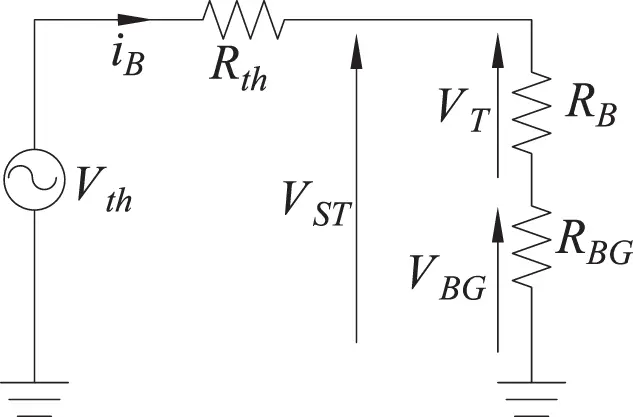
Figure 1.13 Equivalent circuit for the computation of body currents due to a touch voltage.
Rth is generally negligible if compared to RB +RBG , and therefore can be conservatively ignored; the fault source can be thought of as an ideal voltage generator.
In these conditions, the body current iB can be calculated with Eq. 1.17.
 (1.17))
(1.17))
In Figure 1.12, VST . is the prospective touch voltage , which is defined as the potential difference between simultaneously accessible conductive parts, when those conductive parts are not being touched by a person. VT is the (effective) touch voltage , defined as the potential difference between accessible conductive parts when touched simultaneously by a person (one part can be the ground) [23–27]. The value of the effective touch voltage is affected by the persons’ body resistance, greatly variable, and the person’s resistance-to-ground. Consequently, the same touch voltage may correspond to different body currents, and this makes the touch voltage a rather ineffective indicator of hazard. Thus, for the purpose of designing protective measures against electric shock, technical standards identify a conventional body resistance of 1 kΩ.
The step voltage is defined as the voltage between two points on the earth’s surface that are 1 m distant from each other, which is considered the standard stride length of a person.
In the worst-case scenario, prospective touch voltages may equal the ground potential rise VG . To better clarify the concept, let us assume that in the event of a fault, a hemisphere of radius r0 , and resistance-to-ground RG leaks to ground the current i . Let us also assume a person standing in a region at zero potential; the person is touching a metallic structure electrically connected to the hemisphere for grounding purposes (Figure 1.14).
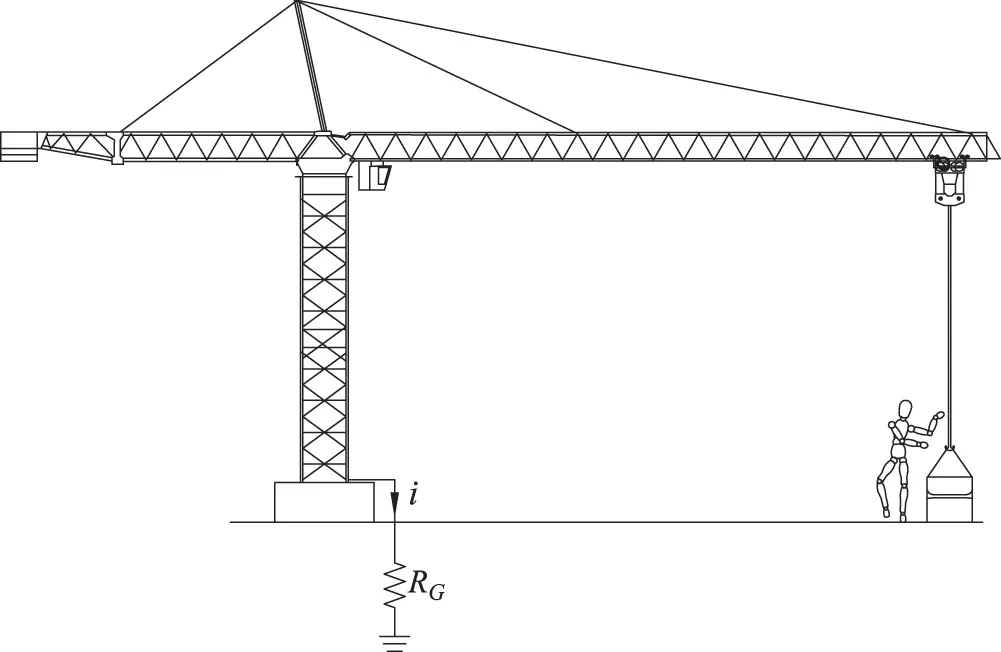
Figure 1.14 Person standing in a region at zero potential.
The hemisphere attains the ground potential rise VG = iRG , and so does the metallic structure: the person’s hand is at the potential VG , whereas their feet are at zero potential. The prospective touch voltage VST equals the ground potential rise; however, the effective touch potential VT is a lower value, equal to the voltage drop on the person’s body resistance RB , as established by the voltage divider between RB and RBG (Figure 1.13). V(r) over the soil is shown in Figure 1.15. It can be seen that in correspondence with the persons’ feet, the surface ground-potential rises up from (almost) zero to the value VBG , which accordingly lowers the touch voltage.
Читать дальше
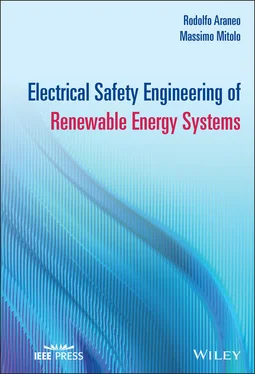
 (1.13)
(1.13) (1.14)
(1.14)

 (1.15)
(1.15) (1.16)
(1.16)
 (1.17))
(1.17))











